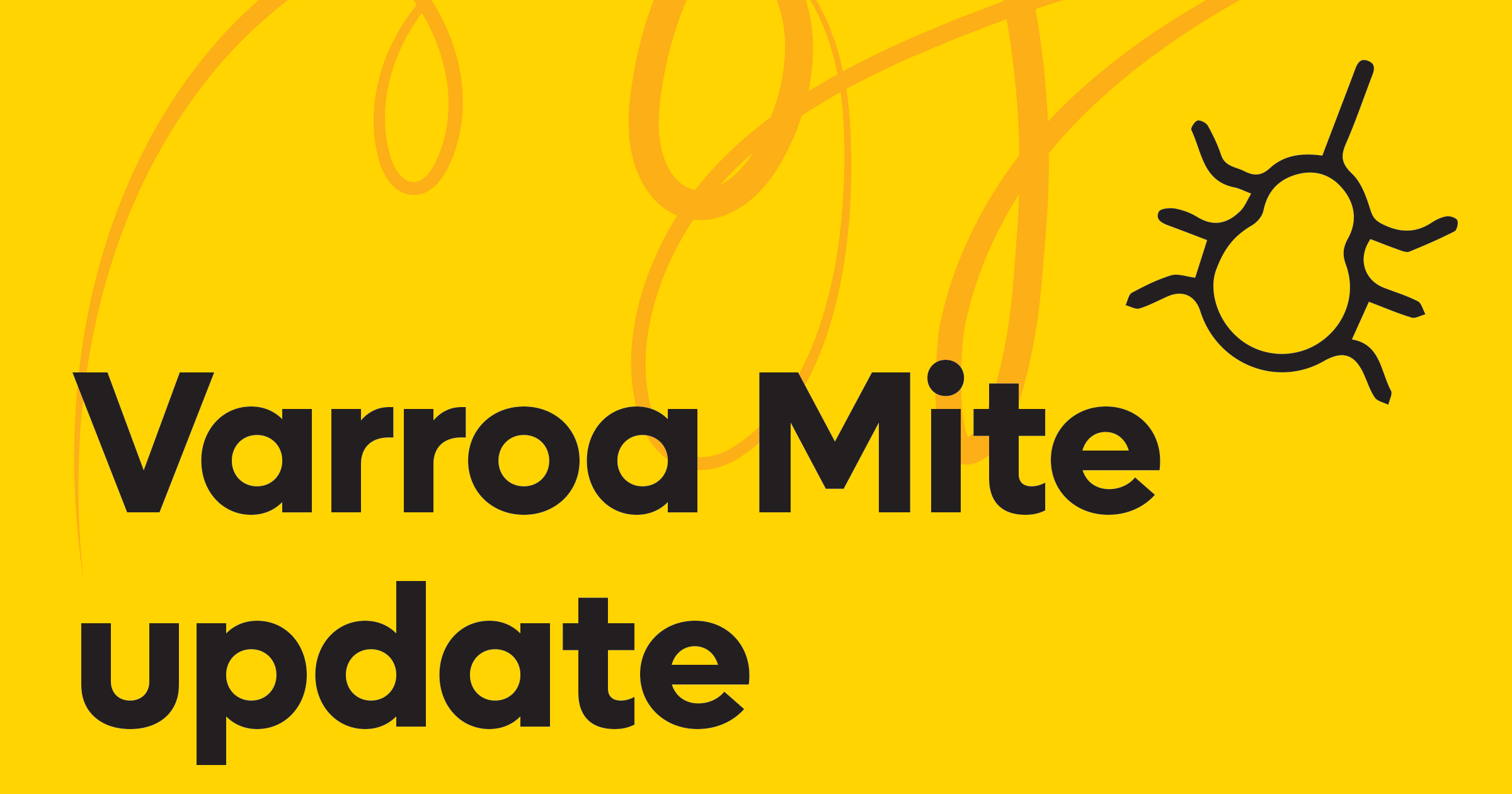Who makes the decision in an incursion?
26 July 2022Incursion responses raise complex issues and actions that have many moving parts. The Varroa incursion response has required informed and timely sensible decision-making structures, procedures and processes, which need to operate in an environment of sustained pressure.

The Honey Bee industry has invested for many years simulating incursion responses in many jurisdictions and in the training of industry personal to respond. The Honey Bee industry developed an eradication plan for Varroa that was widely consulted within our industry. This agreed plan has guided and formed the basis of this response, as was intended.
Initial Response
In the initial phases of a detection, it is the responsibility of the home representative state agency for which the detection occurs to initiate the response and provide the leadership. This is often referred to as the “Combat State”. In this instance the initial detection was at the Port of Newcastle, and as such the NSW Department of Primary Industries (DPI is responsible for the response. It is the responsibility of this lead agency to notify the other relevant stakeholders of the incursion.
Who are the stakeholders?
Some time ago AHBIC decided to make the move from being the signatory in the Emergency Animal Disease Response Agreement (EADRA) to become a signature of the Emergency Plant Pest Response Deed (EPPRD). This transition allowed the many pollination dependent industries to contribute to the cost of a response. It also allow for vectors of the diseases to be classified as an Emergency Plant Pest (EPP). For example under EADRA, the Asian bee, Apis cerana, was not classed as an EPP. There are 49 current signatories to the EPPRD and this includes pollination dependent industries and government, both state, territories and federal. It has been predetermined which of the 49 signatures become affected parties with a Varroa incursion, for this response there are 16 affected industries and government, totalling 25 parties. The EPPRD is managed by Plant Health Australia (PHA) on behalf of the signatories.
Consultative Committee on Emergency Plant Pest (CCEPP)
The CCEPP group consists, in this incursion, of the 25 affected parties. This is the committee that is notified in the first instance of the incursion and is also the committee that the response plan and any alterations to the plan are presented to in the first instance. The CCEPP meets when needed, generally when new information is provided from the combat response agency. The CCEPP will, in principle agree, or not, to any plans and budgets as presented. The CCEPP provides recommendations to the National Management Group (NMG). Any vote of CCEPP must be unanimous to be carried.
The National Management Group (NMG)
Overseeing the response and ultimately responsible for any decision on approach, budgets, and the technical feasibility of eradication is the NMG. The NMG membership is the same as CCEPP, but generally consists of people that can make financial decisions on behalf of their respective organisations. This group will meet when needed, but only when there are clear decisions to be made. The NMG is the group that decides if the response is feasible and they use the term ‘technically feasible to eradicate’ to determine if the response is in an eradication phase or a transition to management phase. Any vote of NMG must be unanimous to be carried.
Who pays for the response?
In every response there are components that are ‘cost sharable’ and costs that are not sharable and must be borne by the response agency (DPI). The cost sharable expenses are then shared between the effected industries and the government. The ratio of cost sharing in this response was pre-determined to be a category 3 response. In that the affected industries share 50% of the costs and the government (both state, territories and federal) share 50% of the costs. The costs to industries are then further determined on a pollination reliance proportion. Once this reliance percentage is determined, the Local Value of Production (LVP) is determined for each industry and they pay, using a formula, according to their LVP and percentage of reliance. The costs that industry’s pay is generally collected through levies. For the Honey Bee Industry, our cost payable will be recovered through our honey levies for which a proportion is collected for emergency responses. If the industry body cannot pay from their levy collections the Commonwealth Government will underwrite the cost and the industry body will pay this back over a period of time with a maximum of a 10 year payback.
So, who makes the decisions?
The response agency designs the proposed response for eradication, and it is approved, or not, by the NMG, which must be a unanimous vote of the 25 parties (1 vote each). The lead agency then is responsible for implementing the approved plan and must operate according to the plan. Should the lead agency have doubts as to the technical feasibility of eradication, or a feasibility trigger in the plan is met, then the lead agency must provide the CCEPP with further information. If the eradication is determined to not be feasible then a transition to management plan must be developed for ultimate approval by the NMG.
There is no one person or agency making the decisions, but a collective of industries and Government.
AHBIC’s role is to provide industry leadership, communication and practical advice to the operational management team in charge of the incursion. AHBIC is on the ground alongside NSWAA and affected industry representatives, representing the interests of the national honey bee industry and the hives they care for.
